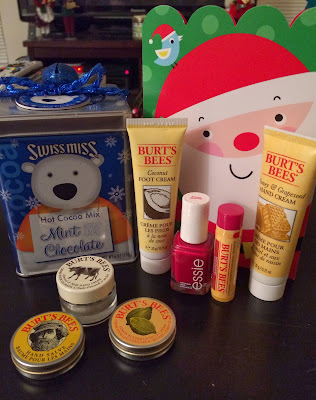Do special glenoid components solve the problem of glenoid bone deficiency?
Nonstandard glenoid components for bone deficiencies in shoulder arthroplasty
As in the prior post, these authors grapple with the issue of glenoid bone deficiency in total shoulder arthroplasty. In this article, they evaluated the clinical and radiographic outcomes in 38 patients having a primary or revision anatomic shoulder arthroplasty with one of 3 nonstandard glenoid components: a polyethylene component with an angled keel for posterior glenoid wear without posterior subluxation; a polyethylene component with 2 mm of extra thickness for central glenoid erosion; or a posteriorly augmented metal-backed glenoid component for posterior glenoid wear and posterior subluxation. The average clinical follow-up was 7.3 years (range, 2-19 years) or until revision surgery.
While overall the patients were improved, thirteen had moderate or severe subluxation preoperatively, and 11 had subluxation at follow-up. Three glenoid components had loosened and 3 were at risk for loosening at an average 5.5 years of follow-up. Seven patients had revision surgery: 4 for instability, 1 for osteolysis, 1 for component loosening with osteolysis, and 1 for a periprosthetic fracture. Three additional patients had removal of glenoid components, 2 for infection and 1 for loosening. Ten-year survival rate free of revision or removal of the angled keel component was 73%; of the extra thick (+2 mm) component; and of the posteriorly augmented metal-backed glenoid component, 31%.
Comment: This article again stresses the difficulty in managing deficient glenoid bone in performing total shoulder arthroplasty. If there is insufficient bony support the component is at risk for failure.
We refer to the combination of posterior humeral subluxation on the glenoid, glenoid retroversion and a biconcave glenoid as the bad arthritic triad (BAT).
As in the prior post, these authors grapple with the issue of glenoid bone deficiency in total shoulder arthroplasty. In this article, they evaluated the clinical and radiographic outcomes in 38 patients having a primary or revision anatomic shoulder arthroplasty with one of 3 nonstandard glenoid components: a polyethylene component with an angled keel for posterior glenoid wear without posterior subluxation; a polyethylene component with 2 mm of extra thickness for central glenoid erosion; or a posteriorly augmented metal-backed glenoid component for posterior glenoid wear and posterior subluxation. The average clinical follow-up was 7.3 years (range, 2-19 years) or until revision surgery.
While overall the patients were improved, thirteen had moderate or severe subluxation preoperatively, and 11 had subluxation at follow-up. Three glenoid components had loosened and 3 were at risk for loosening at an average 5.5 years of follow-up. Seven patients had revision surgery: 4 for instability, 1 for osteolysis, 1 for component loosening with osteolysis, and 1 for a periprosthetic fracture. Three additional patients had removal of glenoid components, 2 for infection and 1 for loosening. Ten-year survival rate free of revision or removal of the angled keel component was 73%; of the extra thick (+2 mm) component; and of the posteriorly augmented metal-backed glenoid component, 31%.
Comment: This article again stresses the difficulty in managing deficient glenoid bone in performing total shoulder arthroplasty. If there is insufficient bony support the component is at risk for failure.
We refer to the combination of posterior humeral subluxation on the glenoid, glenoid retroversion and a biconcave glenoid as the bad arthritic triad (BAT).
We have used the ream and run procedure for carefully selected patients with this type of glenohumeral pathoanatomy, avoiding the risk of glenoid component failure in the bad arthritic triad (BAT).
===
**Check out the new Shoulder Arthritis Book - click here.**
To see the topics covered in this Blog, click here
Use the "Search" box to the right to find other topics of interest to you.
You may be interested in some of our most visited web pages including:shoulder arthritis, total shoulder, ream and run, reverse total shoulder, CTA arthroplasty, and rotator cuff surgery as well as the 'ream and run essentials'
You may be interested in some of our most visited web pages including:shoulder arthritis, total shoulder, ream and run, reverse total shoulder, CTA arthroplasty, and rotator cuff surgery as well as the 'ream and run essentials'


Comments
Post a Comment